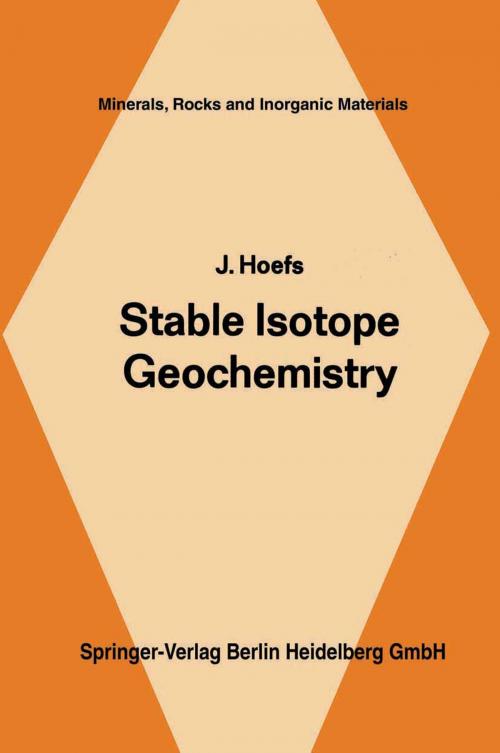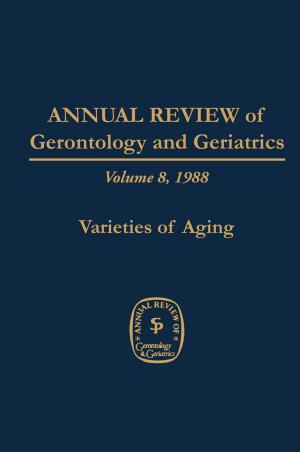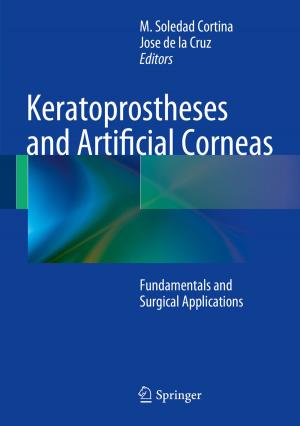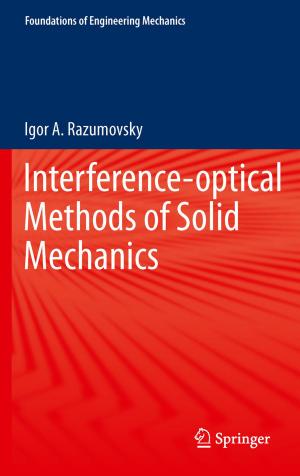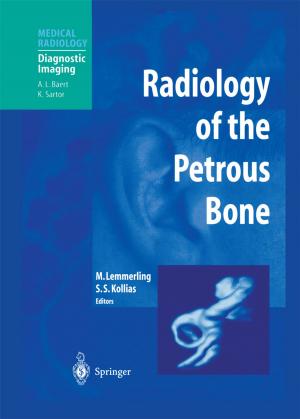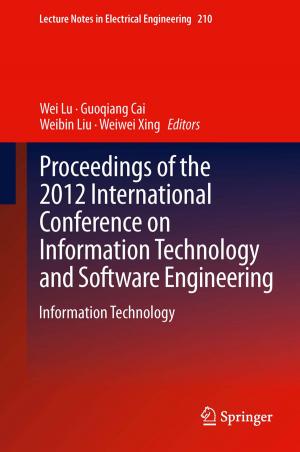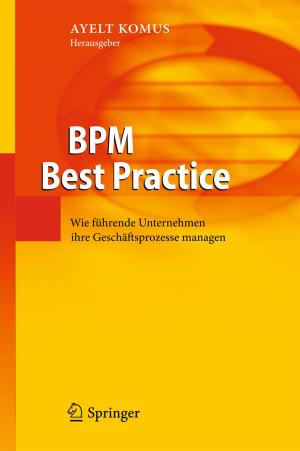| Author: | J. Hoefs | ISBN: | 9783662130322 |
| Publisher: | Springer Berlin Heidelberg | Publication: | June 29, 2013 |
| Imprint: | Springer | Language: | English |
| Author: | J. Hoefs |
| ISBN: | 9783662130322 |
| Publisher: | Springer Berlin Heidelberg |
| Publication: | June 29, 2013 |
| Imprint: | Springer |
| Language: | English |
Over 10 years have passed since RANKAMA'S second book, Progress in Isotope Geology, surveyed the literature on isotope abundance deter minations. In the meantime the number of measurements and publi cations has increased enormously. Therefore, it seems necessary to summarize the knowledge in this field in the light of more recent developments. The title of this book was chosen because the whole field of radio active isotope geochemistry has been deliberately omitted. The book is divided into three parts. Section A gives the theory of isotope effects and the technical background, both aspects being discussed rather briefly. The author regrets some shortcomings in the introductory section, especially in the theoretical treatment of isotope fractionation, but he has been trained mainly in earth sciences rather than in physical chemistry. Section B gives a summary of the fractionation mechanisms affecting the most important elements - hydrogen, carbon, oxygen, and sulfur. Further, it surveys some other elements that have not yet been as thoroughly investigated. Section C surveys the most important results from a geological stand point. In some cases the opinions of different authors on the same sub ject are summarized without comment, because the field of stable isotope geology is growing so rapidly that a final answer cannot be given at the moment. It is obvious that in writing this book, which is of the survey type, the author could not rely only on his own experiments and experience.
Over 10 years have passed since RANKAMA'S second book, Progress in Isotope Geology, surveyed the literature on isotope abundance deter minations. In the meantime the number of measurements and publi cations has increased enormously. Therefore, it seems necessary to summarize the knowledge in this field in the light of more recent developments. The title of this book was chosen because the whole field of radio active isotope geochemistry has been deliberately omitted. The book is divided into three parts. Section A gives the theory of isotope effects and the technical background, both aspects being discussed rather briefly. The author regrets some shortcomings in the introductory section, especially in the theoretical treatment of isotope fractionation, but he has been trained mainly in earth sciences rather than in physical chemistry. Section B gives a summary of the fractionation mechanisms affecting the most important elements - hydrogen, carbon, oxygen, and sulfur. Further, it surveys some other elements that have not yet been as thoroughly investigated. Section C surveys the most important results from a geological stand point. In some cases the opinions of different authors on the same sub ject are summarized without comment, because the field of stable isotope geology is growing so rapidly that a final answer cannot be given at the moment. It is obvious that in writing this book, which is of the survey type, the author could not rely only on his own experiments and experience.
